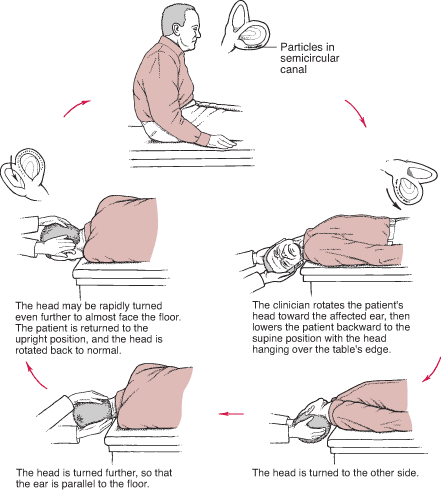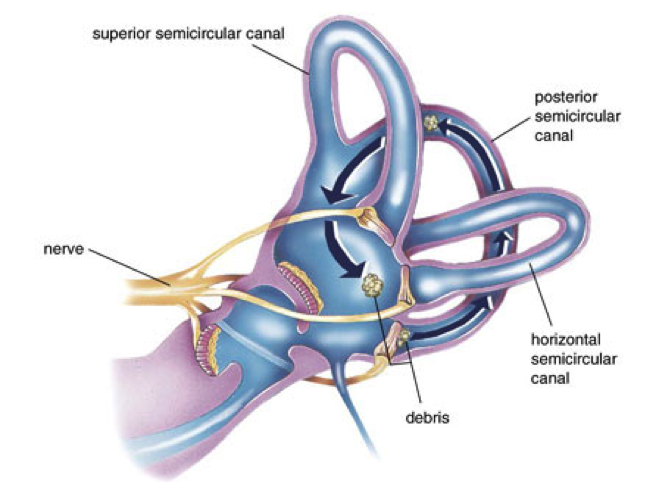
Of the associated ear, nose, and throat (ENT) symptoms, the most expressed was tinnitus (18.2%). Results: Symptoms included 16 patients (48.5%) with objective vertigo, 14 patients (42.4%) with subjective vertigo, and 3 patients (9.1%) with dizziness.

Head shaking test-induced nystagmus, hyperventilation-induced nystagmus, and parossistic positional nystagmus were studied to search for vestibular impairment. All patients underwent otoneurological evaluation, such as head impulse test, nystagmus evaluation, test of skew (HINTS) examination. A detailed medical history was taken on comorbidities, types of vaccines received, and symptoms associated. Methods: In the period from May to July 2021, we evaluated 33 patients (mean age 54.3 ± 14.1) with “acute vertigo” post COVID-19 vaccination. You should have three sessions a day for up to 2 weeks, or until the vertigo is gone for 2 days.Objective: The aim of this study was to present some cases of acute vertigo potentially related to the coronavirus disease 2019 (COVID-19) vaccine and review the available literature about cochleovestibular dysfunction after the COVID-19 vaccination. You should do these movements from three to five times in a session.

EAR CRYSTALS VERTIGO HOW TO
Your doctor or a therapist can show you how to do these moves.

If you have BPPV, certain actions can move the calcium crystals that cause the problem out of your ear canal. 9.If you feel dizzy, then the left ear is your affected ear. Turn head to the left and lie back quickly.

If you feel dizzy, then the right ear is your affected ear.turn head to the right and lie back quickly.Sit on bed so that if you lie down, your head hangs slightly over the end of the bed.If you have vertigo, you'll need to know what type it is and which ear has the problem. To determine affected side: It’s also the easiest type of vertigo to treat.īefore you try to treat it yourself, see your doctor. People over age 60 are more likely to get BPPV. You may feel it when you're getting in or out of bed, or tilting your head up. It happens when small crystals of calcium get loose in your inner ear. The most common type of this condition is BPPV (benign paroxysmal positional vertigo).


 0 kommentar(er)
0 kommentar(er)
